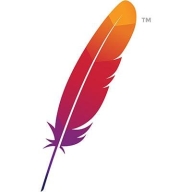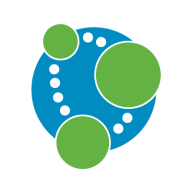


Find out what your peers are saying about MongoDB, Microsoft, ScyllaDB and others in NoSQL Databases.
| Product | Market Share (%) |
|---|---|
| MongoDB Enterprise Advanced | 16.7% |
| Cassandra | 8.7% |
| Neo4j Graph Database | 5.7% |
| Other | 68.9% |


| Company Size | Count |
|---|---|
| Small Business | 8 |
| Midsize Enterprise | 1 |
| Large Enterprise | 13 |
| Company Size | Count |
|---|---|
| Small Business | 35 |
| Midsize Enterprise | 13 |
| Large Enterprise | 37 |
Cassandra is a distributed and scalable database management system used for real-time data processing.
It is highly valued for its ability to handle large amounts of data, scalability, high availability, fault tolerance, and flexible data model.
It is commonly used in finance, e-commerce, and social media industries.
MongoDB Enterprise Advanced is a comprehensive platform renowned for its scalability, user-friendliness, and high performance, underpinned by its flexible document-based storage and open-source model. JSON compatibility, clustering, and security elevate its standing among professionals.
The platform facilitates efficient data management through developer-friendly tools and a strong aggregation framework. MongoDB’s no-schema requirement, supported by community expertise, underlines its adaptability. While its sharding capabilities and affordably support large data volumes, there are aspects such as security enhancement and enterprise tool integration that need attention. Indexing and query optimization pose challenges, alongside high costs. Improvements in analytics and UI could advance its infrastructure further.
What are the key features of MongoDB Enterprise Advanced?Industries leverage MongoDB Enterprise Advanced for significant roles in data storage within IoT platforms, healthcare apps, public service monitoring, and big data analytics. Companies in logistics and telecommunications find it instrumental for business process management and video content management, benefiting from its seamless integration and unstructured data support.
Neo4j is the graph database solution allowing the analysis of complex relationships and patterns in data, leading to better decision-making and improved business processes. The graph database offers easy data integration from multiple sources, providing a more comprehensive view.
The most valuable aspect of a graph database is its performance and response time, as it does not use the join function and only has nodes and raw data. Overall, Neo4j, as a global first-ranking solution, has helped organizations become more efficient and effective in data analysis and decision-making processes.